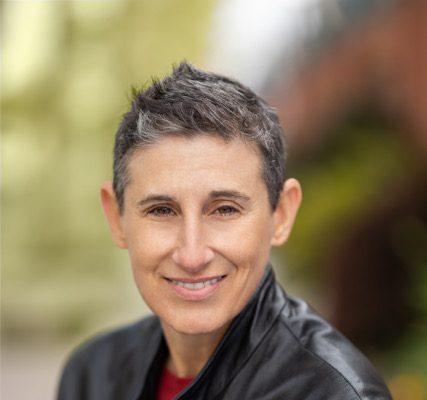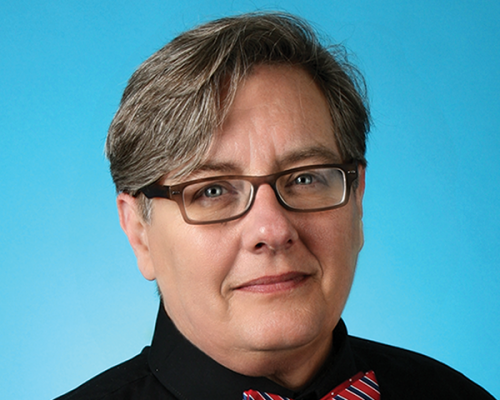by Fred Kuhr and Joe Siegel
As February is Black History Month, some LGBTQ publications marked the occasion within their own pages or on their websites.
The Washington Blade, for one, used their 50th anniversary feature, “Looking Back: 50 Years of the Blade,” to make how Black History Month was marked in 1979. The newspaper reprinted its story that centered on three pivotal federal judges – Thurgood Marshall, William Rehnquist and Spottswood Robinson III. The 1979 article notes that while the three were spilt on issues of school segregation in the 1950s, they were again split on issues of gay rights. The Blade article notes that Marshall – who along with Rehnquist went on to serve on the United States Supreme Court – was a reliable LGBTQ ally.
Last month, the Blade looked back at an exclusive interview it did with civil rights icon Bayard Rustin from Feb. 7, 1986, a year before he died. The interview has been making news again since Rustin’s partner, Walter Naegle, discovered the original audio from that interview. NPR’s “All Things Considered” aired a story about it, and it was then played on the podcast “Making Gay History.”
A number of LGBTQ publications, such as Trenton, N.J.-based Out In Jersey, ran syndicated columnist Rev. Irene Monroe’s column marking Black History Month. This year’s column is entitled “How to stop the GOP’s disenfranchisement of Black or Trans voters.” The column also pays tribute to Shirley Chisholm, the first African-American woman elected to Congress.
Since Out In Jersey is published every other month, most of its Black History Month coverage will be online, according to publisher Peter Frycki.
Other coverage included Out Magazine’s commentary “Black History Month Includes Black Queer History, Too,” written by Tre’vell Anderson (https://www.out.com/news-opinion/2019/2/01/black-history-month-includes-black-queer-history-too) and pride.com‘s “8 Inspiring Queer Black Icons You Should Know About” (https://www.pride.com/activism/2019/2/01/8-inspiring-queer-black-icons-you-should-know-about). Those icons include Bayard Rustin, the openly gay organizer of the 1963 March on Washington, and writer and feminist Audre Lorde.
For publications like The Unleashed Voice, which caters to the African-American LGBTQ community, Black History Month is not as big a deal, for obvious reasons. “We are doing weekly features on our radio show. The magazine did not particularly dedicate space because we are Black History everyday.”
For those publications unsure how to cover Black History Month, media advocacy group GLAAD offers an online resources at https://www.glaad.org/publications/blackhistorymonthkit and https://www.glaad.org/tags/black-history-month
Among its recommendations: “Cover positive stories of inclusion in black churches. Many churches are inclusive of black LGBT people. The Unity Fellowship Church, for example, is a very prominent coalition of churches reaching out to LGBT communities of color. The Fellowship is another movement of affirming churches of color. The Metropolitan Community Church, Arc of Refuge and Glide Church are other churches inclusive of LGBT people of color.”
Also: “Explore some of the sociocultural factors that contribute to many black LGBT people not identifying with standard terms dealing with gender identity or sexual orientation.”
IN THE NEWS
Volume 20
Issue 11






